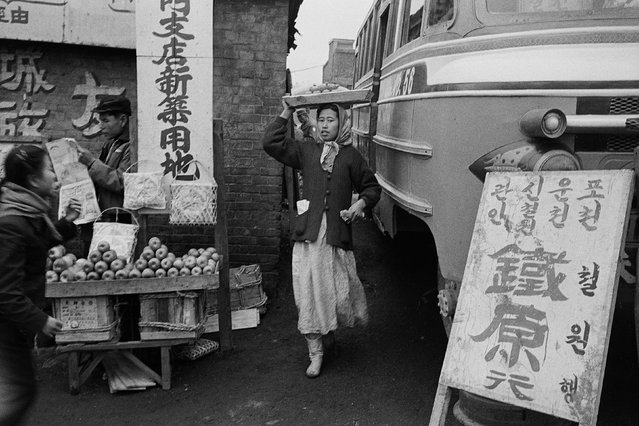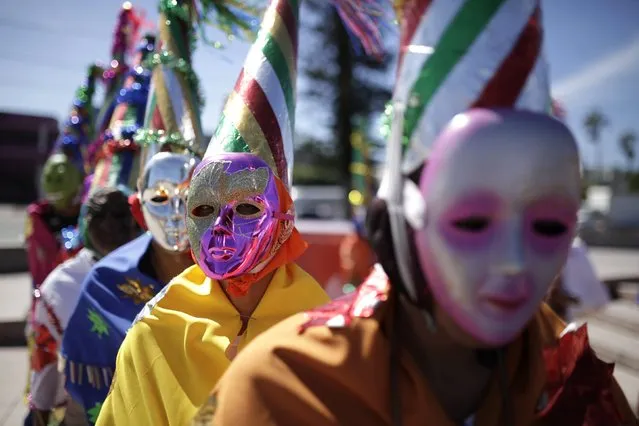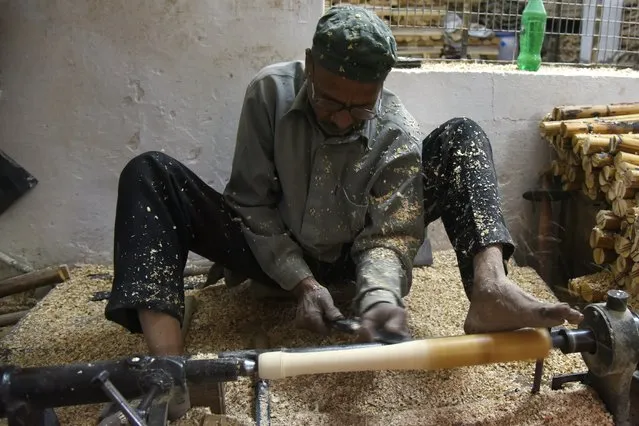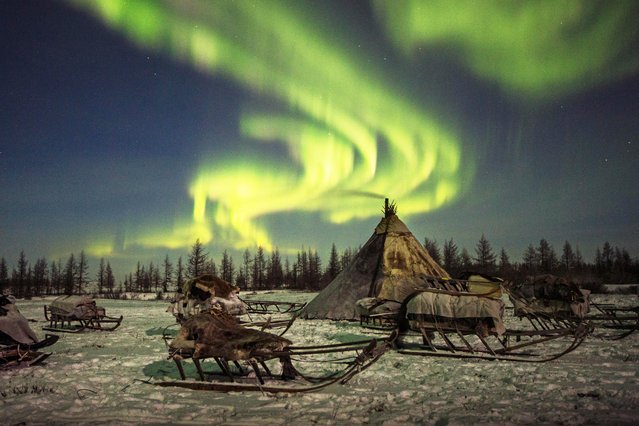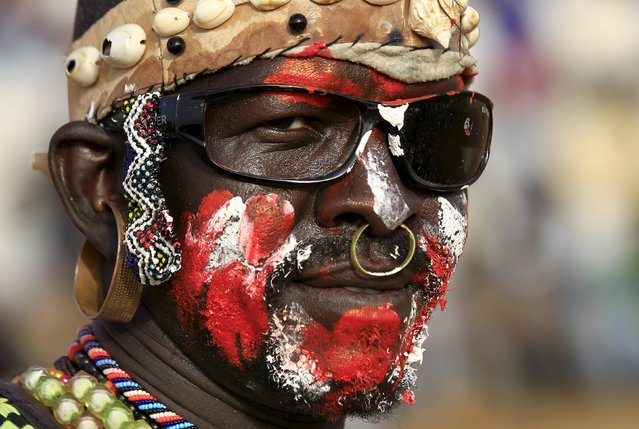
A wrestler from the Nuba Mountains tribe is seen during a celebration of their cultural heritage, as part of ongoing events to commemorate the International Day of the World's Indigenous Peoples, in Omdurman August 15, 2015. The International Day of the World's Indigenous Peoples is observed on August 9 annually. (Photo by Mohamed Nureldin Abdallah/Reuters)
16 Aug 2015 12:48:00,post received
0 comments

